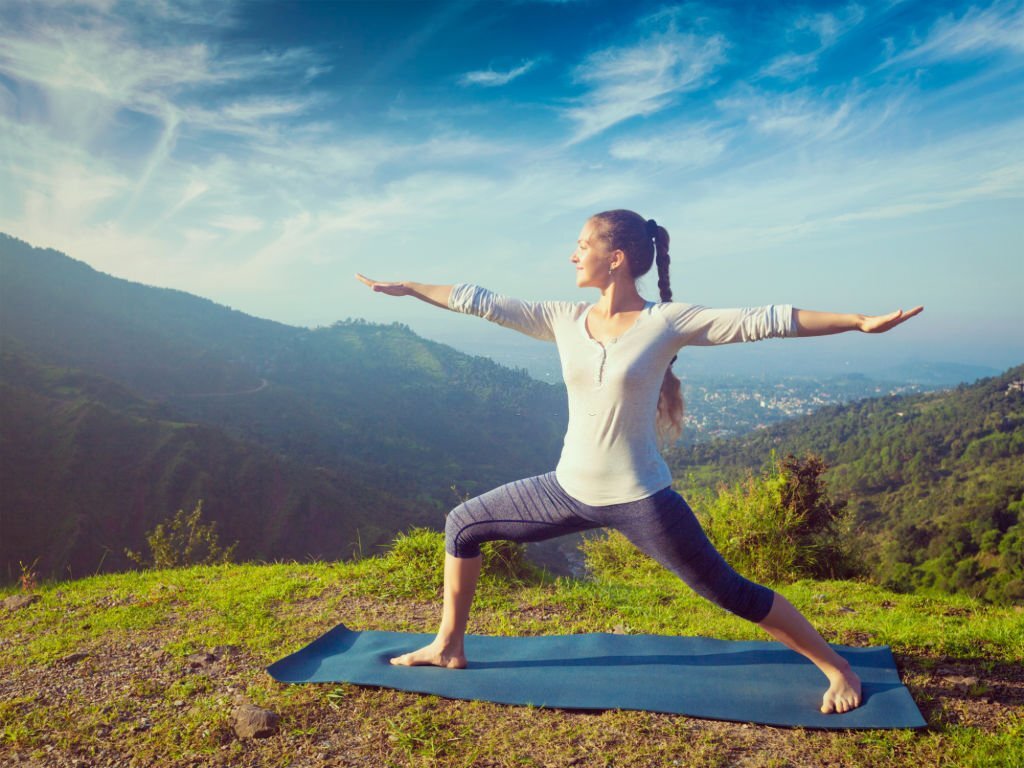A well-stretched muscle more easily achieves its full range of motion. This improves athletic performance — imagine an easier, less restricted golf swing or tennis serve — and functional abilities, such as reaching, bending, or stooping during daily tasks. Stretching can also be a great way to get you moving in the morning or a way to relax after a long day. Activities such as yoga combine stretching and relaxation and also improve balance, a wonderful combination.
However, note that experts no longer recommend stretching before exercise. Newer recommendations suggest that you start your workout routine with a warm-up, such as an easy walk or a sport-specific routine, such as serving some tennis balls and practicing ground strokes before a match. This gets blood and oxygen flowing to your muscles. After five to 10 minutes of warm-up, your muscles are warm and supple. This is a good time to stretch. You can even do your flexibility exercises as a post-workout cool-down.
Better flexibility may:
- Improve your performance in physical activities
- Decrease your risk of injuries
- Help your joints move through their full range of motion
- Increase muscle blood flow
- Enable your muscles to work most effectively
- Improve your ability to do daily activities
benefits of flexibility
Improved flexibility produces a wide range of physical benefits and can have a positive effect on your overall well-being. Here are a few ways that increased flexibility is likely to help you.
1. Fewer injuries
Once you develop strength and flexibility in your body you’ll be able to withstand more physical stress. Plus, you’ll rid your body of any muscle imbalances, which will reduce your chance of getting injured during physical activity. Correcting muscle imbalances requires a combination of strengthening the underactive muscles and stretching the overactive (tight) ones.
2. Less pain
Your body is likely to feel better overall once you work on lengthening and opening your muscles. When your muscles are looser and less tense, you’ll experience fewer aches and pains. Plus, you may be less likely to experience muscle cramps.
3. Improved posture and balance
When you focus on increasing muscular flexibility your posture is likely to improve. Working out your body allows you to have proper alignment and correct any imbalances. Plus, with an increased range of motion you may find it easier to sit or stand in certain ways. Yoga has been shown to improve balance.
4. A positive state of mind
Regularly engaging in poses that stretch and open up your body can bring about feelings of relaxation. The physical benefits can extend to a relaxed state of mind. You may find it easier to unwind once your body feels better.
5. Greater strength
It’s important to increase strength as you become more flexible. This ensures your muscles will have the right amount of tension so that they’re strong enough to support you and your movements, allowing you to become more physically fit.
6. Improved physical performance
Once you increase your flexibility to allow greater movement in your body you’ll be able to perform better physically. This is in part because your muscles are working more effectively.







Leave a comment
Your email address will not be published. Required fields are marked *